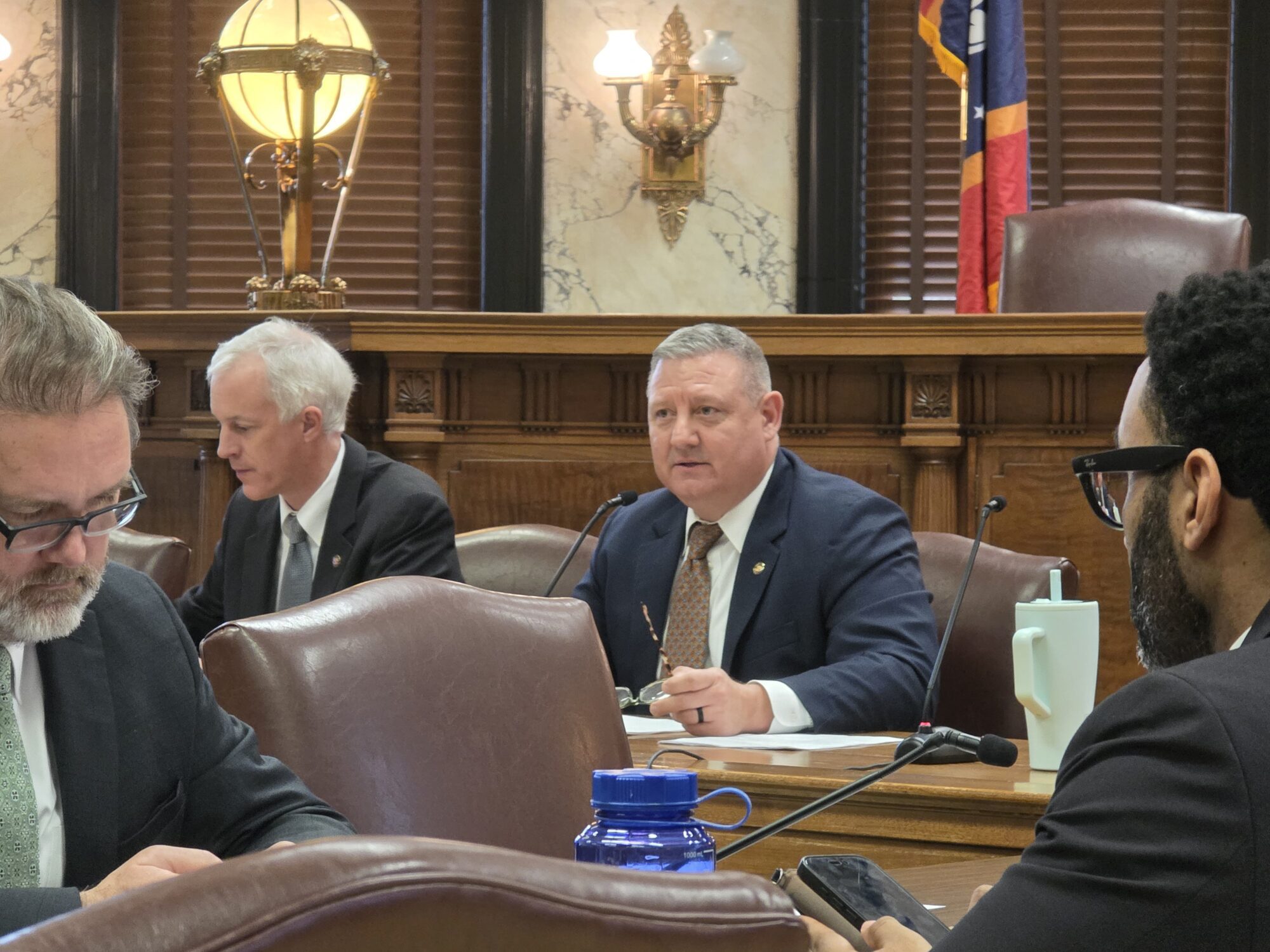
- Wil Ervin writes that a rose-colored distortion of public school performance is a disservice to taxpayers, our communities, and, most importantly, our students.
The Mississippi Department of Education has released its public school accountability scores for the 2023-2024 school year. The results appear to be astounding: nearly 94% of Mississippi’s public school districts, and 86% of Mississippi public schools, were awarded a grade of “C” or higher. Only 3 districts in the state were rated “D” or “F”, down from 6 districts the previous school year.
This should be a time where we are celebrating the remarkable achievements of Mississippi’s public schools. On the heels of the “Mississippi Miracle” where more kids are learning to read than ever before in Mississippi, it appears that our public school system has much to be proud of.
And yet…
I find myself baffled by a public school accountability system that awards multiple schools a B-rating where less than 20% of students are proficient in reading. I am confounded that one of those B-rated high schools in Mississippi could have less than 12% of students who meet college and career readiness standards and more than one-fourth of students who are considered chronically absent, but still have an 87% graduation rate.
The schools and districts are not named in this piece, because my point here is not a general criticism of our public schools, teachers, or students. We’ve been touting our historic literacy gains for the last year. It’s a criticism of an accountability model that doesn’t adequately reflect our standards for success and fails to accurately portray public school performance.
Our public school accountability system is broken. First and foremost, it fails to accurately portray the performance of Mississippi’s public schools. If you don’t believe me, consider these examples of Mississippi public school performance and judge for yourself:
- In one A-rated school district, less than 30% of students are proficient in reading, and only 41% are proficient in math.
- 16% of A-rated districts, and 13% of A-rated schools, had reading proficiency levels below 50%.
- Only 1 of the 50 B-rated districts (2%) had reading proficiency levels above 50%. 18% of B-rated districts had reading proficiency levels below 30%.
- 13% of B-rated high schools had reading proficiency levels below 30%.
- 9 B-rated high schools had reading proficiency levels below 30% and math proficiency levels below 50%.
These are just a few of the examples we’ve found so far, and we’ll highlight more in the coming weeks. These are actual examples of Mississippi public school performance and an accountability model that appears to be more focused on positive publicity than student learning.
Further, even if the model provided a more accurate assessment of school and district performance, many parents don’t have the ability to act on that information. Low and middle-income parents often find themselves trapped in schools that fail to meet the needs of their child, simply because they can’t afford to live in a better school zone or pay the cost of tuition for a private school or a different public school (yes, public schools can, and often do, charge tuition for out-of-district transfer students).
We deserve better. Our accountability system should transparently show how well public schools are doing. An A-rating should be a reflection of outstanding public school performance, and there are plenty of examples of A-rated schools that are achieving those results. Consider one A-rated public school district in which 70% of students are proficient in reading, then compare that to the 8 A-rated districts where more than 50% of students are not proficient in reading.
Giving more than a third of districts an A-rating, and giving 94% of school districts a rating of A, B, or C, is the public education equivalent of a participation trophy, and it’s an afront to those schools who truly deserve high marks.
One last thought: let’s not forget, true accountability is having the ability to hold those accountable who fail to perform. For parents, it’s the power to walk away if they aren’t satisfied with the product or service they are receiving. Until every family in the state has that power, our public school accountability model will continue to be nothing more than a transparency tool.
In its current iteration, though, our accountability model is not even that. All of our examples indicate that the single-grade-per-district/school model is NOT transparent – it’s opaque.
Mississippi public schools should be proud of the progress they’ve shown, and we should celebrate when data trends show growth and improvement. However, these new accountability scores suggest that our state has reached a high water mark, when, in fact, we still have a long way to go. After all, high graduation rates and flashy letter grades mean very little if many of our students still can’t read or do math, especially if they can’t adequately read the diploma they are given.
Our state’s accountability model should reward schools that perform well and shed light on areas of shortcoming. A rose-colored distortion of public school performance is a disservice to taxpayers, our communities, and, most importantly, our students. We should hold ourselves to a higher standard if we want to truly move the needle. We cannot succumb to what George W. Bush called “the soft bigotry of low expectations.”
To that end, I believe our current accountability model deserves an “F.”








